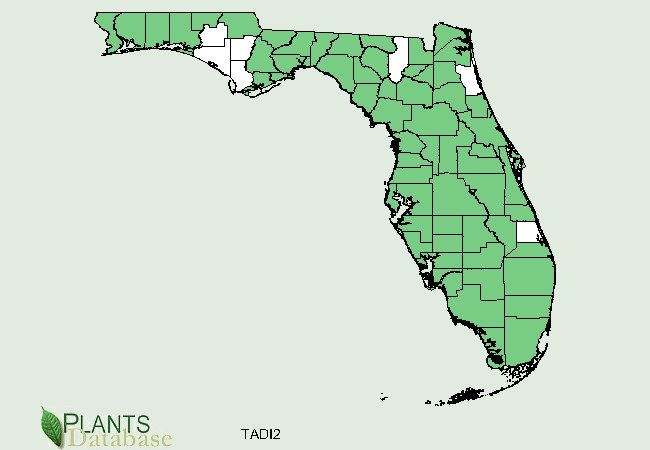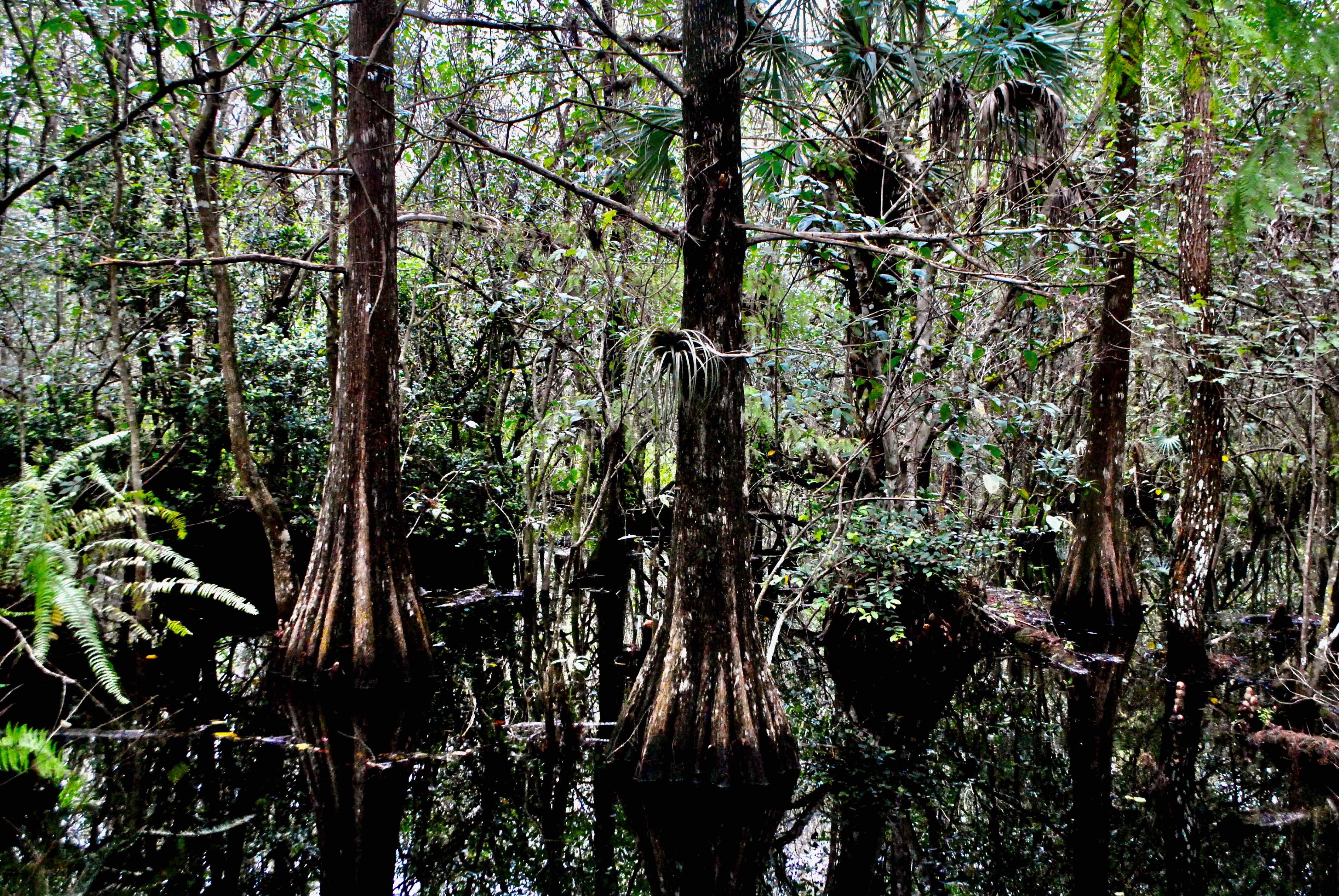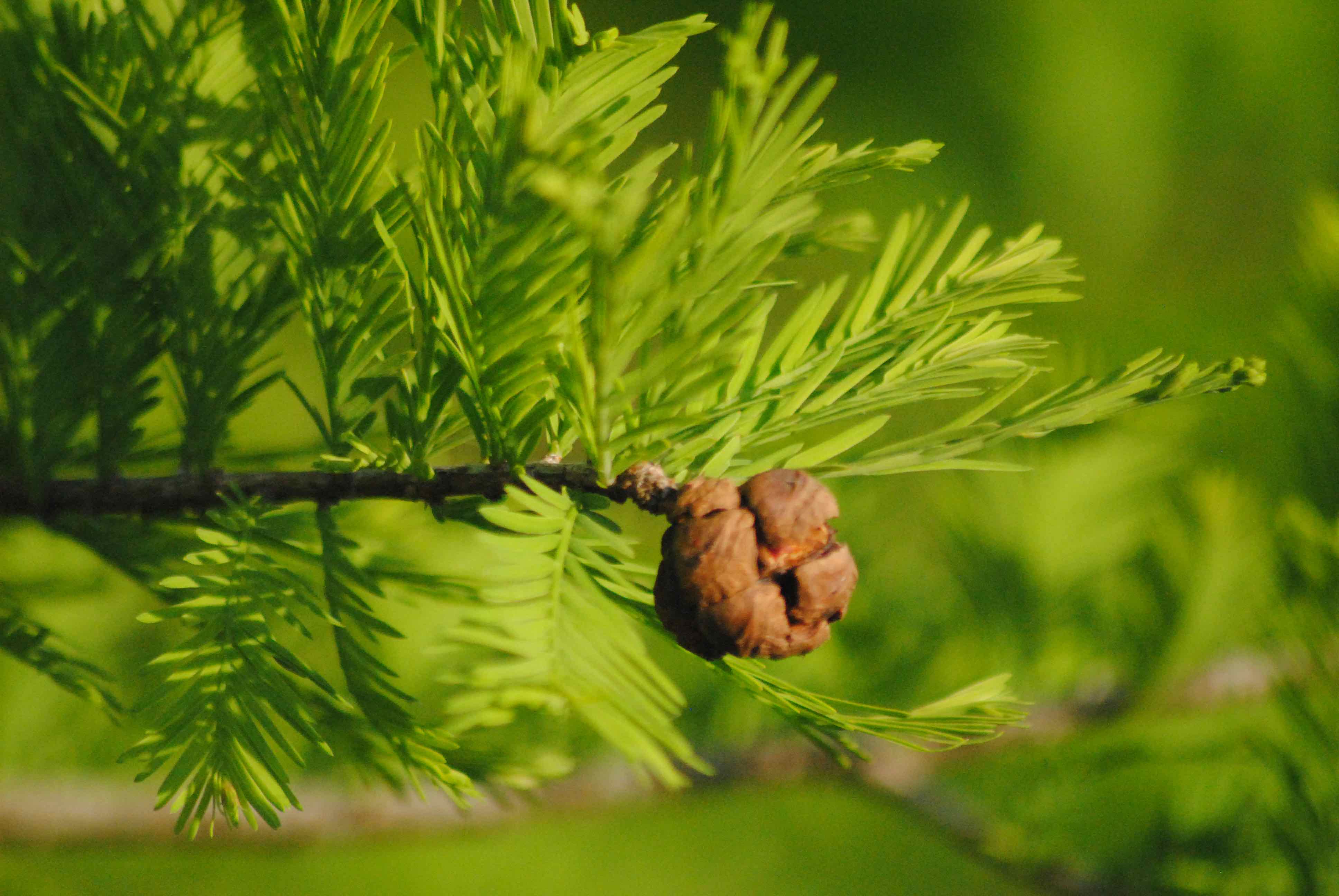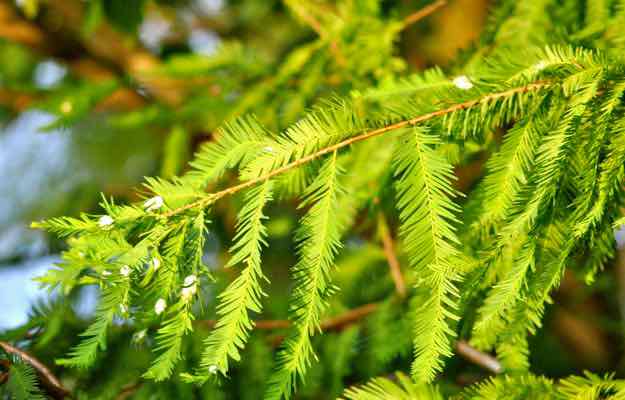
Bald cypress, photographed at Big Bend, Fakahatchee Preserve State Park, Ochopee, Collier County, in February 2020.
Bald cypress, Taxodium distichum, is a bit of a misnomer. Yes, it is deciduous, meaning it drops its needle-like leaves every fall, leaving trees "bald" through the winter months. But so does it's cousin, the pond cypress.
It's one of two species of cypress trees found in the swamps of Florida, along with the aforementioned pond. It is the larger of the two, more prized for its lumber and has a greater natural growing range.
It's found in almost every one of Florida's 67 counties, in fact throughout most of the eastern and central United States, as far north as New York state and as far west as Illinois, Missouri, south to Texas, through the Gulf Coast to Florida. One of the biggest differences between the two trees is habitat, bald cypress grows along streams and rivers and in river-like strands that have rich soil. Pond cypress, by contrast, grows in places with still water and nutrient-poor soil, forming cypress domes and strands.
Bald cypress is a conifer, meaning it reproduces through seed-bearing cones (shown in the middle photo, below), just like pine trees. And while it has an affinity for wet places, it also needs occasional periods where the soil dries out so that its seeds can germinate. Bald cypress can top out at 150 feet or more and have a trunk diameter of three to six feet. The leaves of bald cypress have a feather-like appearance, the individual needles much longer than pond cypress and grow on both sides of the branchlet, while the ponds are more thread-like. Both have root "knees" at their base, although they're more likely to be found on the bald cypress, and likely to be larger than any forming on a pond.
The function of the knees is unclear to scientists, though it's believed that they enable cypress trees to live in mucky soils by A) providing support and B) aerating the roots, which sit in soil that might have little in the way of air. The knees allow the exchange of oxygen for carbon dioxide. Knees of bald cypress can be as tall as 12 feet, while those of pond cypress don't exceed three feet. Other physical differences between the two trees: those fluted buttresses, or supports, at the base of the trunk are sharper on bald cypress than they are on pond cypress. The bark on bald cypress tends to be thinner and finer than on pond. Both balds and ponds are extremely long-lived, spanning into the thousands of years.
As we said above, bald cypress has been more prized for use as lumber than its cousin, the pond. The reason is the heartwood of the pond — the most durable, rot and insect resistant wood — is susceptable to a fungus that weakens it. Bald cypress not so much. In either species, durability comes with age measured in centuries rather than decades. Both cypress species provide habitat for many plants and animals, and nesting sites for bald eagles, osprey, herons and egrets. The seeds are food for wood ducks, wild turkeys, squirrels and more.
Bald cypress is a member of Cupressaceae, the cypress family. Other common names: southern-cypress, swamp-cypress, red-cypress, yellow-cypress, white-cypress, tidewater red-cypress, gulf-cypress.
Click on photo for larger image
U.S. Department of Agriculture Distribution Maps






